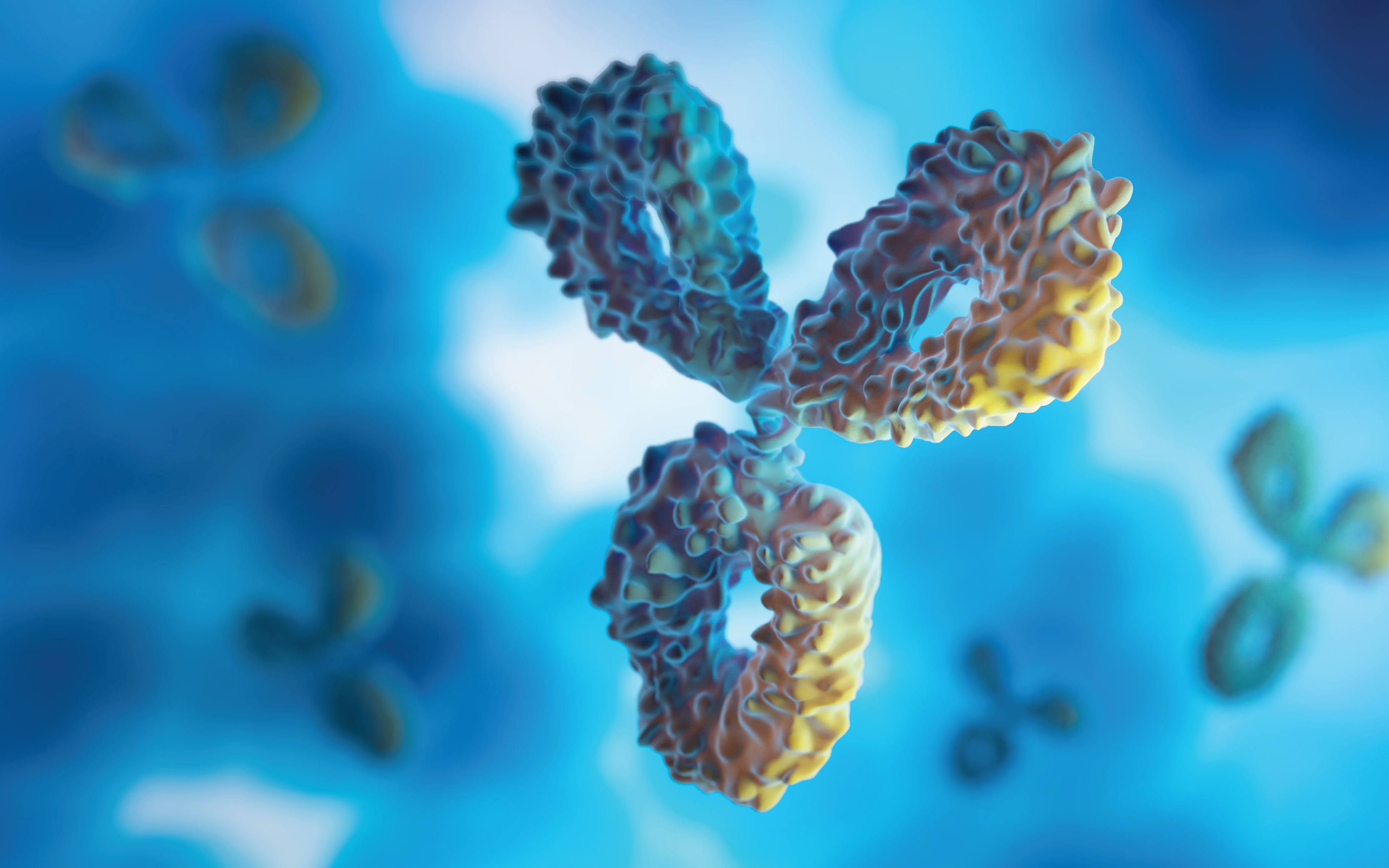Monoclonal antibodies (mAbs) are often regarded as a triumph of modern biopharmaceutics. Inspired by human-produced antibodies, these laboratory-engineered proteins are designed to home in on specific molecular targets in the body. This precision enables mAbs to flag cancer cells for destruction, block viruses from infiltrating cells or deliver drugs directly to tumour sites.
Yet, despite their therapeutic promise, turning mAbs into stable and safe drugs at scale is no easy feat. Along the manufacturing pipeline, mAbs are prone to clumping under stress, which can compromise their purity, safety and efficacy.
At the A*STAR Bioprocessing Technology Institute (A*STAR BTI), Principal Scientist Ian Walsh and Senior Scientist Sean Chia of the Analytical Science & Technologies (GlycoAnalytics) group are investigating the complexities of mAb clumping.
“The main challenge in understanding antibody aggregation lies in its heterogeneity—the clumps can vary widely in size and structure, appearing at distinct manufacturing stages. Their form can further change depending on the stress induced from manufacturing conditions,” Chia said.
To address this sticky situation, Walsh and Chia teamed up with colleagues from A*STAR BTI. Through a combination of laboratory experiments and theoretical modelling, they studied how mAbs behave under stressors commonly encountered during manufacturing conditions, particularly elevated temperatures and acidic pH levels.
“Studying stress conditions in isolation allows us to accurately measure their effects on antibody stability, but in real-world manufacturing, antibodies are usually exposed to a combination of stresses rather than isolated ones,” explained Walsh.
Testing these stress conditions in combination revealed that heat and acidity did not act independently but interacted to influence how—and when—mAbs began to clump. Using transmission electron microscopy to examine structural changes at the subcellular level, the researchers found that adjusting either factor altered the aggregates’ size and structure in varying ways, pointing to different underlying mechanisms.
Digging deeper, they found that more acidic conditions led mAbs to unfold, causing them to lose their functional structure and making them more prone to aggregation. Meanwhile, higher temperatures encouraged existing aggregates to clump into larger clusters.
To better track and quantify these microscopic events, the team turned to mathematical modelling, using a model that best described the experimental data points. “This allowed us to estimate how quickly each step occurred in the aggregation process and revealed the overall rate of clumping,” said Chia.
They believe their framework could help biopharmaceutical companies better predict how antibodies behave under various stress conditions, informing smarter mAb formulation and manufacturing strategies.
Looking ahead, the team plans to explore how aggregation differs across complex antibody types. By pinpointing stress-sensitive steps, the researchers hope to design aggregation-resistant formulations and advance the development of safe, stable mAb-based therapeutics.
The A*STAR-affiliated researchers contributing to this research are from the A*STAR Bioprocessing Technology Institute (A*STAR BTI) and A*STAR Bioinformatics Institute (A*STAR BII).







